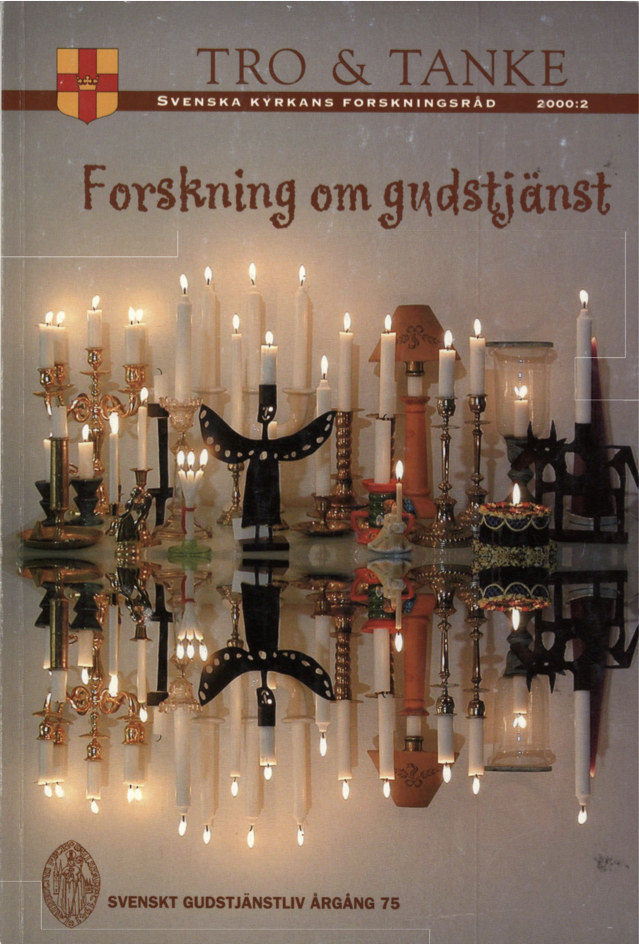Genus, gudstjänst och ett nytt millennium - frågor om helhet och förnyelse
Abstract
In this article I examine questions of gender and worship in a Swedish, Christian context from an ethical point of view. As starting-point I take an understanding of equality between women and men as a crucial criterion in evaluating religions—equality as developed in a text by the British post- Christian feminist, Daphne Hampson. The title of her text is On Being All of a Piece/At Peace.It indicates a perspective of wholeness—of being at peace— when equality of women and men is at stake.
Hampson develops a criticism of Christianity because of the lack of equality in the representations of gender in the symbolic system, in the sacred texts, and regarding those representing religion (leaders and priests). The relevance of such a criticism is confirmed in my article through the presentation of a Swedish study by Anne-Louise Eriksson, The Meaning of Gender in Theology. Problems and PossibilitiesI.n this study from 1995, Eriksson analyses the construction of gender in the liturgical text of the High Mass of the Church of Sweden. The text of the High Mass forms part of the liturgical texts which were adopted in 1986. The texts that Eriksson analyses unfold as representing a patriarchal gender structure where feminine gender is subordinated to masculine.
After having introduced Eriksson’s work, I point to texts where the liturgical language shows a more equal construction of gender and god-talk: Swedish prayer texts, sermons and meditations having developed over the last twenty years. These texts have, however, not made their way into the collections of official liturgical texts. As a contrast to Hampson’s understanding of Christian faith, I then present the understanding of Christianity developed by Katie G. Cannon, an American womanist ethicist. Cannon’s understanding of God radically challenges any imposition of hierarchies between human beings—whether concerning race, gender, or class—and a differentiated valorization of human beings stemming from such hierarchies. Cannon sees all human beings as belonging to one common ethical field. So, Cannon’s and Hampson’s texts can he said to reflect two different and conflicting value systems seen to be operating within Christianity; one radically equal, the other one patriarchal, with a subordination of women under men.
In concluding my article, I argue for it to be a choice of options to be taken in worshipping communities: either to continue the use of patriarchal understandings of gender and god-talk or, rather, to express new understandings of gender and god-talk in new liturgical texts. Opting for this may lead to renewal and wholeness, and it could make people feel—at peace.
Downloads
Publicerad
Nummer
Sektion
Licens
© författarna, Laurentius Petri Sällskapet för svenskt gudstjänstliv samt Artos & Norma bokförlag. Det är tillåtet att kopiera och använda material ur Svenskt Gudstjänstliv för forskningsändamål om källan anges. För övriga ändamål kontakta respektive artikelförfattare samt förlaget. Särskilda restriktioner kan gälla för bildmaterial.


